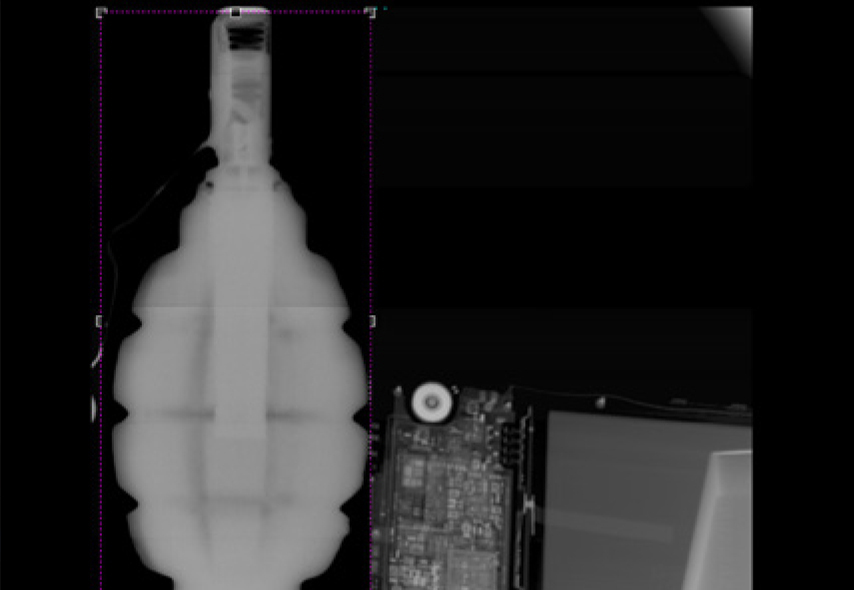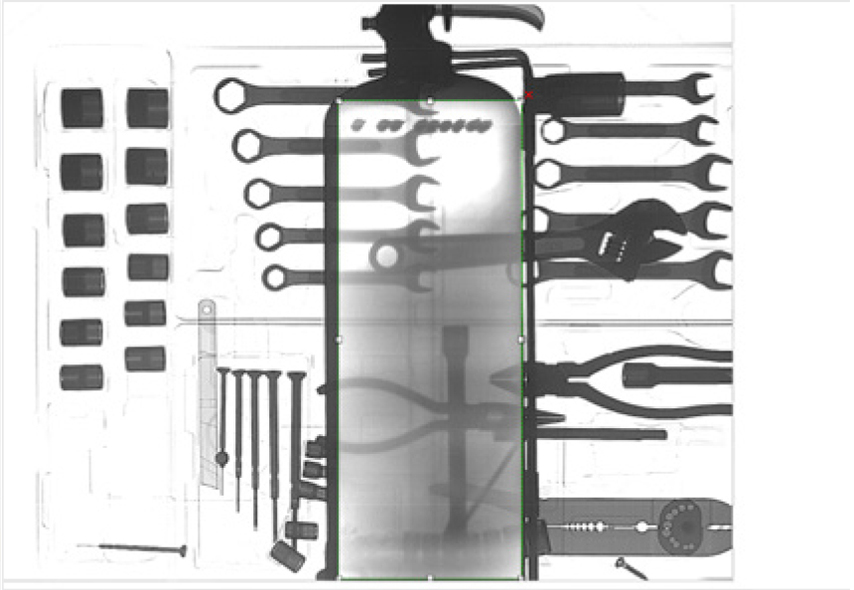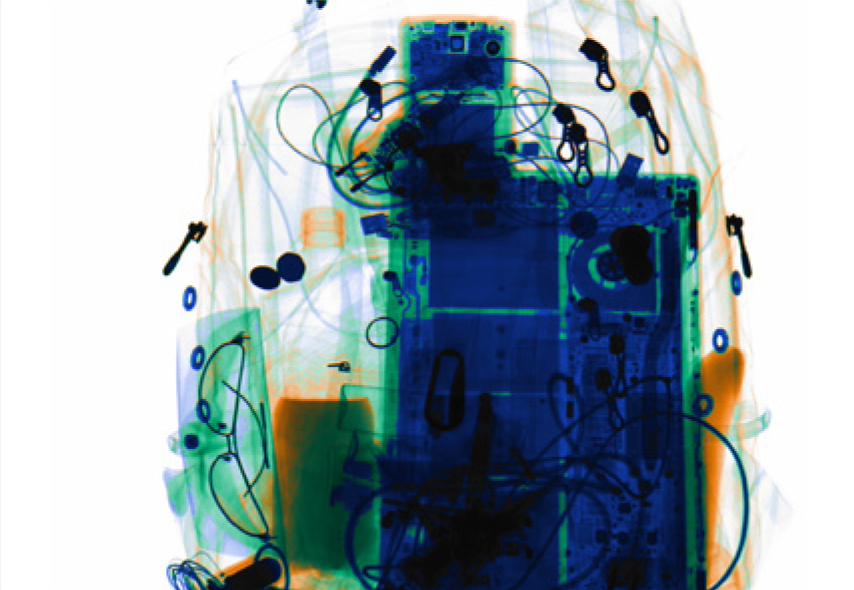
Threatscan® ls1
Despite being remarkably lightweight, incredibly thin, portable and battery powered 3DX-RAY ’s ThreatScan®-LS1 is a powerful large format x-ray scanning system. The large 600mm x 460mm imaging area of the ThreatScan®-LS1 enables typical bags and packages to be scanned in one scan. This powerful system penetrates up to 34mm steel at 120kV, producing high quality, sub-millimetre resolution images.
You’ll find ThreatScan®-LS1 being used for suspect bag and package inspection in locations such as mass transit rail and bus stations, shopping malls, airports, stadia and sports arenas. The system is also used for general security inspection by first responders such as Police, Military and Private and Government Security agencies.
- Large area, resilient detector panel
- High penetration with sub-millimetre resolution
- Real-time images
- Powerful image enhancement and analysis tools
- Intuitive, user-friendly ThreatSpect software
- Scans virtually to the floor (3mm above floor level)
Threatscan® ls3
ThreatScan®-LS3 is a compact yet powerful x-ray scanning system that can penetrate 34mm steel at 120kV as standard. The 305mm x 256mm imaging area enables typical bags and packages to be scanned in one scan.
Designed for rapid deployment and ease of use, ThreatScan® systems operate with the intuitive and user-friendly ThreatSpect software to produce high quality, sub-millimetre resolution images.
The ThreatScan®-LS3 is designed so that the operative can achieve accurate high quality images quickly and efficiently.
- Compact, resilient detector panel
- High penetration with sub-millimetre resolution
- Real-time images
- Powerful image enhancement and analysis tools
- Intuitive, user-friendly ThreatSpect software
- Scans virtually to the floor (3mm above floor level)

threatspect software

the threatspect difference
ThreatSpect is progressive, user-friendly software developed specifically for use with our portable x-ray systems.
Easy to use, with a Windows-based graphical interface, ThreatSpect enables images to be acquired rapidly. A range of sophisticated image processing tools – such as discriminating between different densities or atomic structure of materials – makes it easier to assess threats.











